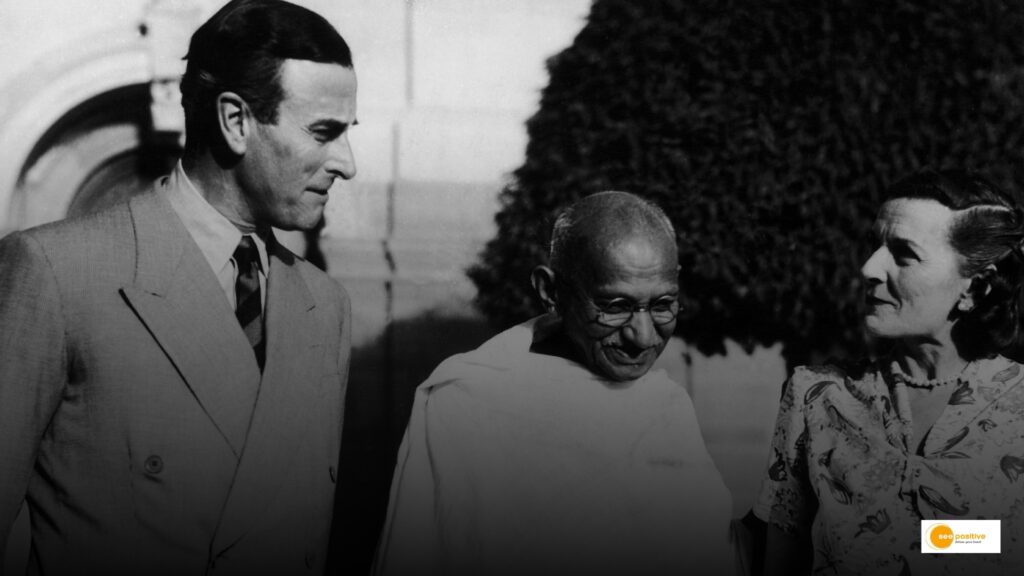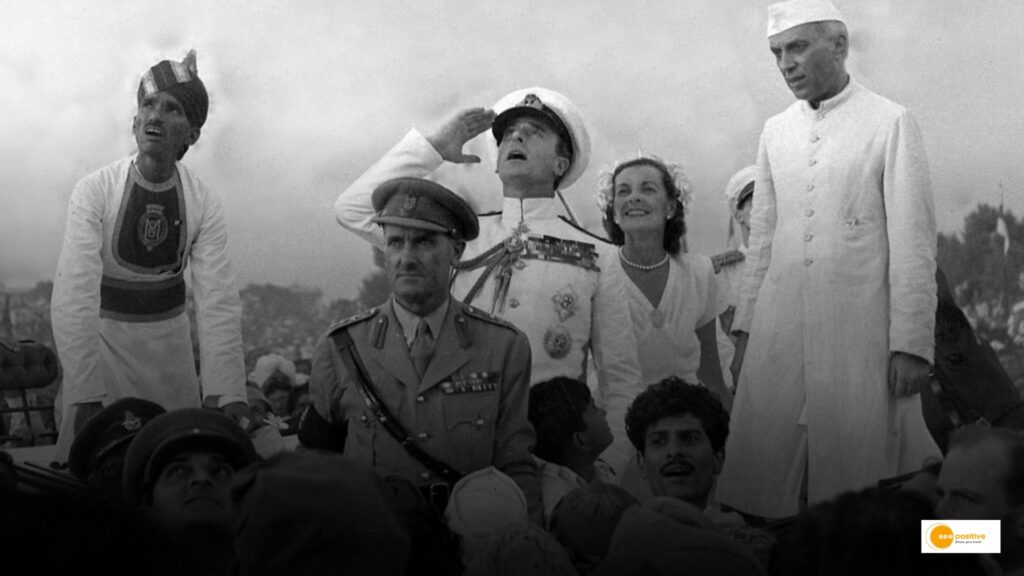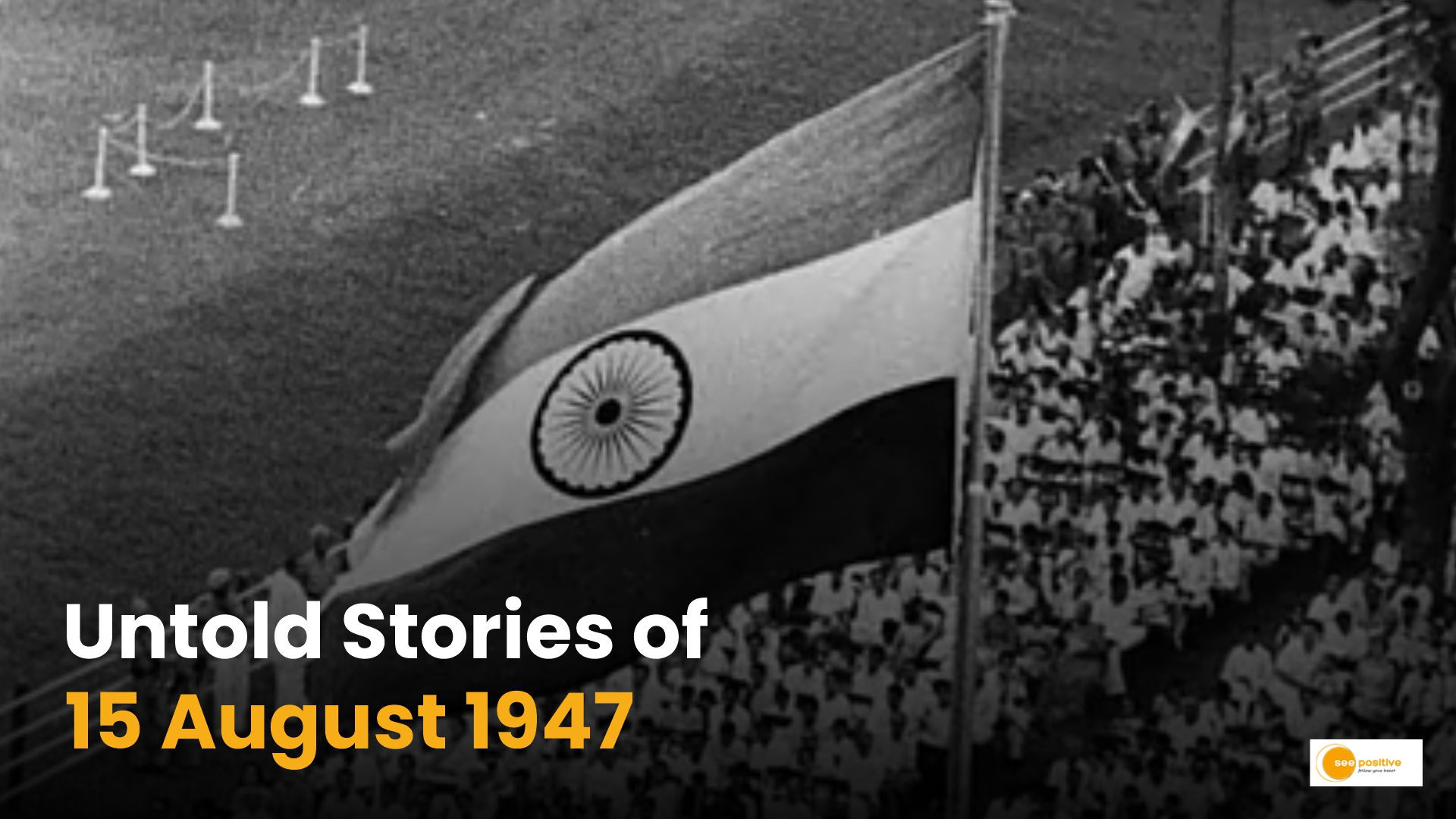India’s Independence Day is a celebration of freedom, resilience, and the undying spirit of its people. Every year, the tricolor flag is hoisted with pride, and patriotic songs echo across the nation. While most of us are familiar with the stories of our freedom fighters and the midnight speech by Pandit Nehru, there are many lesser-known and surprising facts surrounding August 15, 1947, that often go unheard.
Here are some fascinating stories and hidden details that add a deeper layer to our understanding of India’s independence.
The Significance of India’s Tricolor
The Indian national flag, as we know it today, was not always the same. The current form of the Tiranga (tricolor) was officially adopted on July 22, 1947, just weeks before independence, during a meeting of the Constituent Assembly.
Each color of the flag has deep symbolic meaning:
- Saffron at the top represents courage and sacrifice,
- White in the middle stands for peace and truth,
- Green at the bottom signifies growth and auspiciousness,
- And the Ashoka Chakra, the 24-spoke wheel in navy blue, stands for the eternal wheel of law.
Before this, various versions of flags were used during the freedom movement, but the current design was chosen to reflect a united, inclusive, and independent India.

No National Anthem was Sung on August 15, 1947
Surprisingly, India did not have an official national anthem at the time of independence. While Rabindranath Tagore had composed “Jana Gana Mana” in 1911, it was not adopted as the national anthem until January 24, 1950, just two days before India became a republic.
That means on the historic day of August 15, 1947, when the Indian flag was raised for the first time over Red Fort, neither the National Anthem nor the National Song (Vande Mataram) was officially sung. It wasn’t until the first Republic Day celebrations that Jana Gana Mana became the unifying melody of the nation.
India Was Supposed to Get Independence on June 30, 1948

It’s hard to believe, but the original plan was for India to gain independence on June 30, 1948. The British had intended to gradually transfer power to avoid chaos. However, the increasing unrest, rising communal tensions, and the demand for immediate action forced the timeline to be preponed.
Lord Louis Mountbatten, the last British Viceroy of India, announced that the British would leave by August 15, 1947. This was not a random date—it was deliberately chosen by Mountbatten because it was the second anniversary of Japan’s surrender in World War II, a day of personal significance to him.
In his own words, revealed in the book Freedom at Midnight, Mountbatten admitted:
“I chose August 15 because I wanted to show I was the master of the whole event.”
On August 9, 1947, just six days before independence, Cyril Radcliffe, a British lawyer unfamiliar with Indian geography, submitted the final draft of the India-Pakistan border, effectively sealing the fate of millions caught in the partition.
You may also like: https://seepositive.in/positive-stories/know-some-lesser-known-facts-of-indias-iconic-military-figure-sam-manekshaw/


